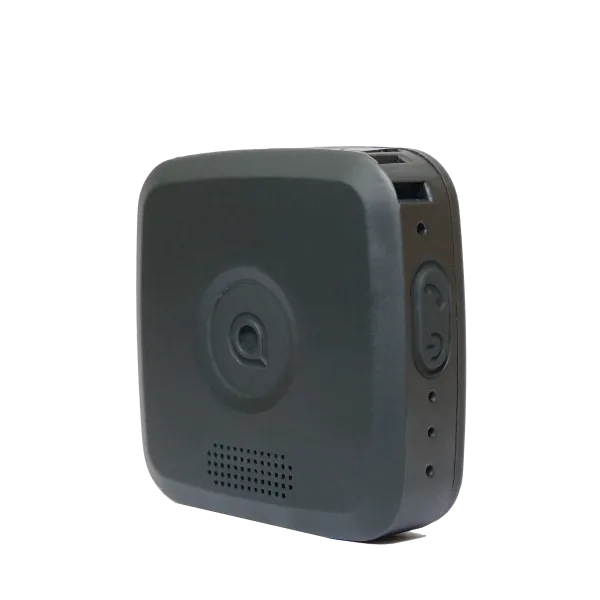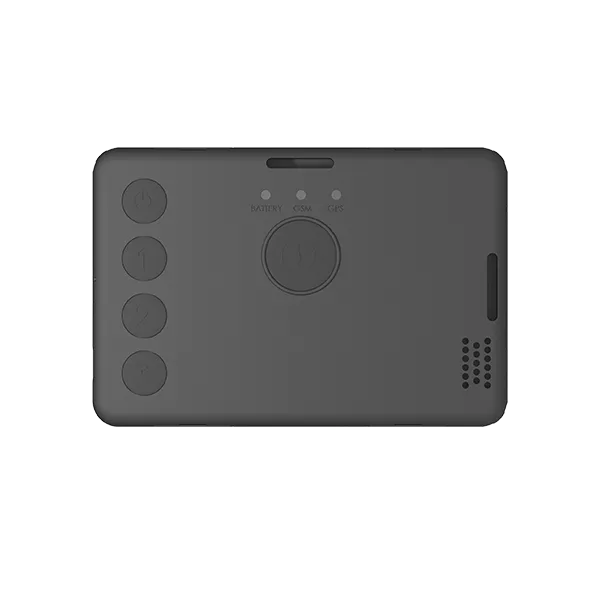Thank you! Your submission has been received!
Oops! Something went wrong while submitting the form.

Blogs
How to Stay Safe When Working Alone at Night: Tips and Legal Responsibilities
Read article →
October 4, 2025
No items found.
.webp)
Blogs
2G and 3G Network Switch-Off in the UK: What Lone Worker Device Users Need to Know
Read article →
July 3, 2025
No items found.
No items found.
.webp)
Blogs
6 Steps to Building a Lone Worker Safety Strategy: A Complete Guide for Employers
Read article →
June 12, 2025
Workplace Heath & Safety
Mental Health at Work
.webp)
Blogs
Lone Worker Device vs Mobile App: Which Personal Safety Solution Is Best?
Read article →
June 7, 2025
No items found.
No items found.
No items found.
.webp)
News
SoloProtect Report Reveals 132% Increase in Attacks on Lone Workers
Read article →
February 3, 2025
No items found.

.webp)
.webp)
.webp)
.webp)
.webp)
.webp)
.webp)









